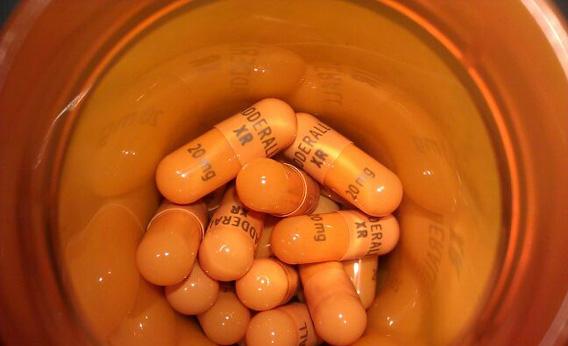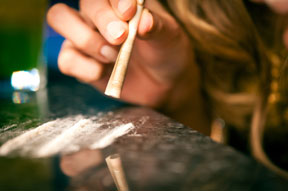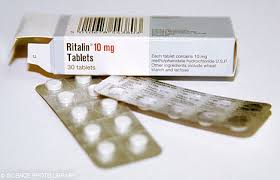What Do Stimulant Withdrawal Symptoms Feel Like?
The most widely abused stimulants are cocaine, crack, amphetamines, and methamphetamine. Sadly, stimulant abusers are often poly-substance abusers, use the drugs in extremely high doses or in binges, and abuse them via rapid delivery methods of ingestion such as smoking, snorting, and intravenous injection.
Although there are some profound risks during stimulant withdrawal, the levels and symptoms vary dramatically from person to person and according to the NIDA, “At this time, there are no medications that are FDA-approved for treating stimulant addiction.”
What Causes Stimulant Withdrawals?
Repeat use of stimulants affect a number of neurotransmitter systems, mainly dopamine, which produces their most important and powerful effects of intense euphoria. By increasing dopamine to exponentially higher amounts than normal, the person’s natural ability to produce dopamine is diminished and they lose their ability to feel pleasure along with the cravings for more stimulants because of the positive reinforcements obtained from the high dopamine increases.
Beyond disrupting normal brain functions, stimulants can also cause long-term or even permanent structural damages that result in neurological, medical, psychiatric, and neuro-cognitive problems that make stimulant withdrawal symptoms even more difficult to overcome.
Depending on the type of drug used and the usage patterns, the person’s physical and mental health status, and many other environmental factors, stimulant withdrawal symptoms can last for days or weeks and usually begin right after the last dose.
Intense Cravings
Intense cravings are the most overwhelming stimulant withdrawal symptoms that keep stimulant addicts from achieving abstinence. Condition cues to use stimulants again becomes “hard-wired” in the brain to where every little thought, emotion, reminder of use, or outside influence can overpower abstinence control. Cravings begin immediately and although they subside over time of abstinence, they can keep reappearing for years.
Fatigue and Sleep
Stimulant users are often sleep deprived and the over-stimulation of the central nervous system wears the person’s body out. They may need an unusual amount of sleep to recover during the first few days and wake up starving. Insomnia and sleep disturbance come along afterwards as the peak withdrawals set in.
Anxiety, Agitation, and Emotional Instability

Stimulant withdrawal can cause anxiety and emotional instability.
Just about everything can get on the nerves of a person undergoing stimulant withdrawal. The anxiety is an intense emotion that can end up in dangerous panic attacks if it gets severe enough. For most individuals, these symptoms will go away in a few days or so, but, for some, the neurological damages are more severe. Aggression and violent tendencies can also be common.
Depression
Depression usually occurs as the consequences of stimulant abuse become more real such as loss of money, relationships, or job. It can lead to isolation or suicide ideations and should never be overlooked.
Paranoia and Psychosis
Psychiatric problems including paranoia and schizophrenic-like behaviors have been linked to chronic stimulant abusers, especially with meth and crack users who smoke or inject the drugs.
Cognitive and Psychomotor Problems
Poor concentration and memory, coordination loss, and clumsiness are normal stimulant withdrawal symptoms, but, some impairment may be permanent.



